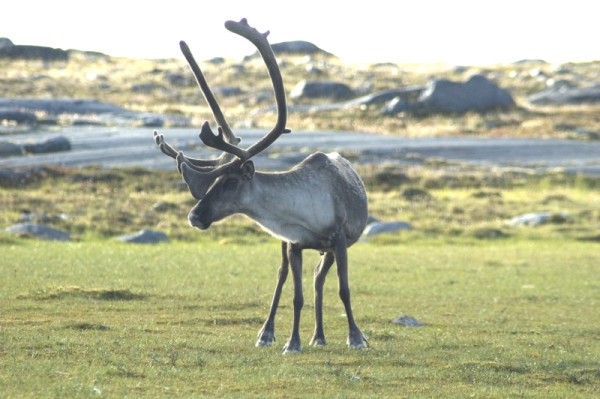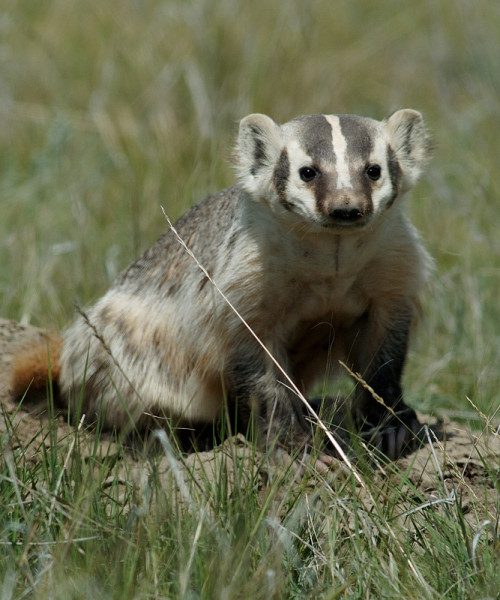What should we do about Canada’s Species At Risk Act? Let the sunshine in.
Have you heard the one about the wind, the sun, and the traveller? It goes something like this. The wind challenges the sun to a contest of strength. Whoever is able to get the weary traveller on the road to remove his coat first, wins. The wind goes first, blowing with all his might. But the more violent the wind rages, the tighter the traveller pulls his coat around him. Next it’s the sun’s turn. She moves up into the sky and sends down gentle beams of warm sunlight onto the traveller’s tired back. By-and-by, the traveller looks up at the sun, smiles and gratefully removes his heavy coat.
The moral of the story is simple: humans respond better to incentives than they do to coercion. It’s a lesson those of us concerned about the future of Canada’s species at risk should take to heart. Let me explain.

The thing about at-risk species and human beings is that they tend to overlap. Indeed, many species are at-risk as a direct result of the human activities that overlap with—and alter—the habitat that these species need to survive. People who make a living off the land and the water also depend on these same places/habitats. So, the question is, what do we do? According to some, it’s a zero-sum game. We get fair livelihoods for farmers and fishers, or we get badgers and caribou and humpback whales. But that’s a false choice, one that truly misses the point of what it actually means to manage ecosystems effectively (ecosystems that include both animals and people).
Elsewhere in the world the policies and practices of species conservation follow a different logic. In the UK, where I worked before joining WWF, the government and local land-owners are set up to be partners in conservation as opposed to adversaries. Together, through their Wildlife & Countryside Act, they establish place-based conservation agreements laying out the allowances and limits of human activity around important habitat. What makes it work is that people—the farmers, graziers, foresters—steward these significant areas well, assisted by government-led financial incentives which are built into the conservation agreements. They are seen as providing a national service—the protection of important natural habitats—and are respected as such. It’s an approach that’s worked pretty successfully for over 30 years.

It’s also one that WWF and leaders from Canada’s resource sector have, together, urged Canada’s governments to follow. Indeed, our federal Species At Risk Act (SARA) actually allows for this kind of progressive cooperation. But, sadly, these components of SARA have yet to be fully utilized.
One thing I know to be true, from the six years that I’ve served on the federal Minister’s advisory committee for species at risk, is that down at the wharf, inside the farm gate and within the woodlot, the majority of people want to do the right thing. They want to help the species that live in the special natural areas within their care. And they want to do so while continuing to earn a fair living. Nobody I’ve worked with wants to see our Species At Risk legislation removed. No one wants to see more species dwindle and wink out.
From where I sit, these folks aren’t the enemy. We’re travelers on the same road. And instead of trying to blow away the progress we’ve made so far in advancing species conservation and recovery, it’s time for our governments to lead with a big, healthy dose of sunshine. Come on Canada, we can still get this right.

